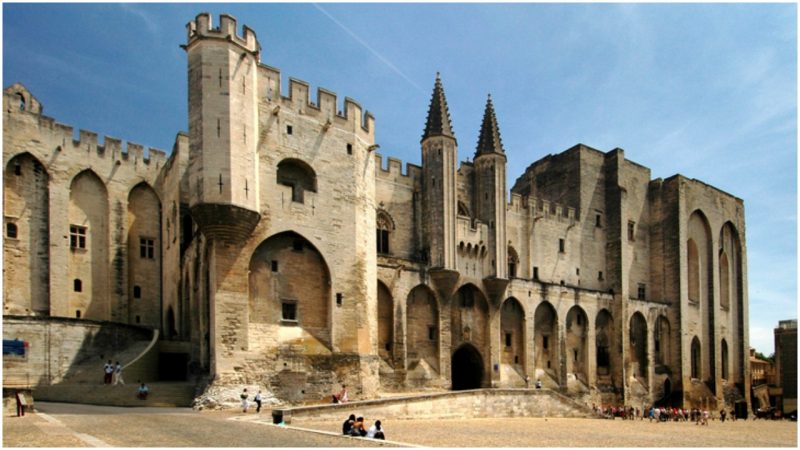During the Middle Ages, Avignon became one of the most important cities in Europe. The reason for its overnight fame was the decision of one pope to turn it into the site of his residence. With political tensions raging in Rome and the support of the king of France, Pope Clement V, who was a Frenchman himself, left his residence at the Vatican and moved into the small town of Avignon.
Once he arrived, he lived temporarily in a monastery, believing the situation in Rome would soon improve. However, the end of the conflict seemed to be nowhere near and in 1335 his successor, Benedict XII, initiated the construction of a palace whose design was entrusted to the architect Pierre Poisson. The papal residence was built over an existing mansion in not very good condition intended for the bishops of Avignon.
Soon, the papal apartments, the papal tower, the chapel tower, the Trouillas Tower, and the consistory wing were built around a courtyard that today forms part of the Palais Vieux (Old Palace). The pope spent a small fortune on the palace: it was furnished with the finest furniture and lavishly decorated with sculptures, murals, and frescoes by prominent artists.
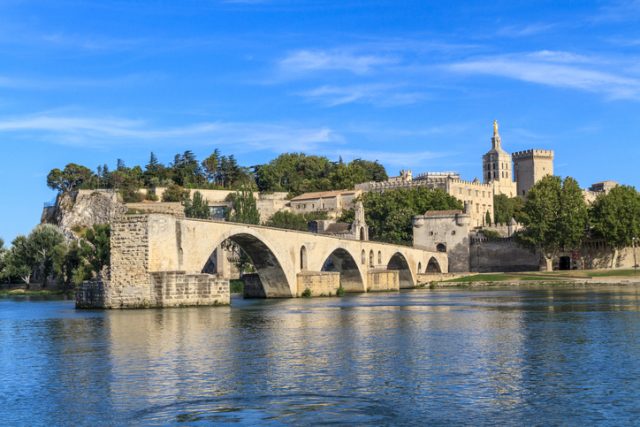
When Clement VI became pope, he enlarged the palace with the help of the architect Jean de Louvres. In those turbulent times, as the Black Death was taking lives and the war was still raging, the pope demanded a quick realization of this project. It is estimated that 600 people worked on the construction.
Pope Clement VI improved its interior. Once again, famous artists were invited to the palace, including Matteo Giovannetti. Pope Clement VI built another two towers and by doing so, construction was finally completed. The addition of the popes is known as Palais Neuf (New Palace). Innocent VI and Urban V would later improve the courtyards. The construction of this enormous palace lasted for 20 years. To this day, it remains the largest Gothic building constructed during the Middle Ages.
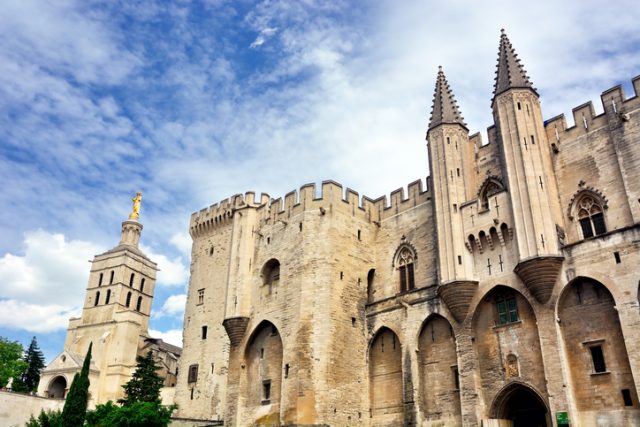
In 1377, Pope Gregory X decided to return to Rome. However, not everybody was pleased with this decision, which led to the Papal Schism: instead of having one pope as the head of the Catholic Church, several people claimed to be the new pope. Both Clement VII and Benedict XIII had themselves proclaimed popes and continued to use the palace as their residence.
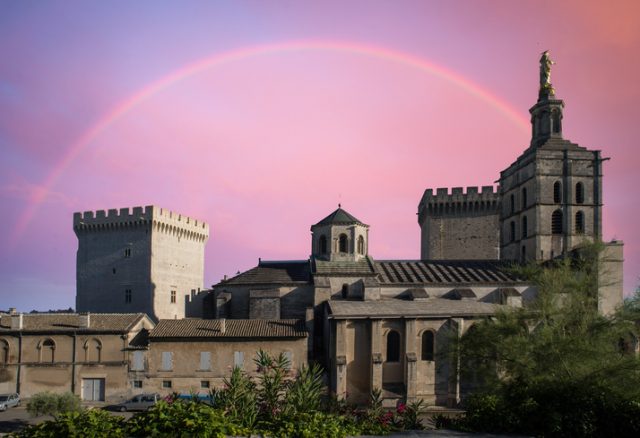
The antipopes, as they are known today, lived there until 1408. Over the following years, it remained in their service. However, in 1417, Martin V was elected and acknowledged as the true pope, ending the Papal Schism, and the palace was returned to the Roman Catholic Church.
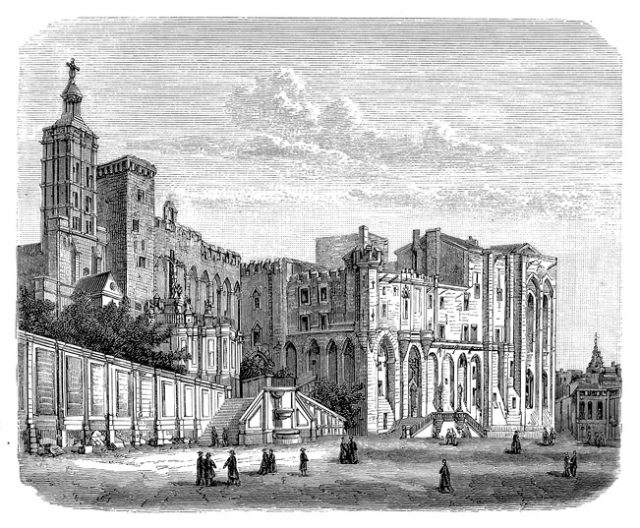
As the palace was no longer a papal residence, it gradually began to lose its importance. Over time, its condition worsened and although it was restored at the beginning of the 16th century, poor maintenance contributed to its further deterioration. When the French Revolution started, the palace had lost its former glory. The revolutionaries caused even more damage. Many of the artworks were stolen, and the palace was later turned into a prison. At one point, the palace was a place for the execution of counter-revolutionaries, whose bodies were cast into the Old Palace.
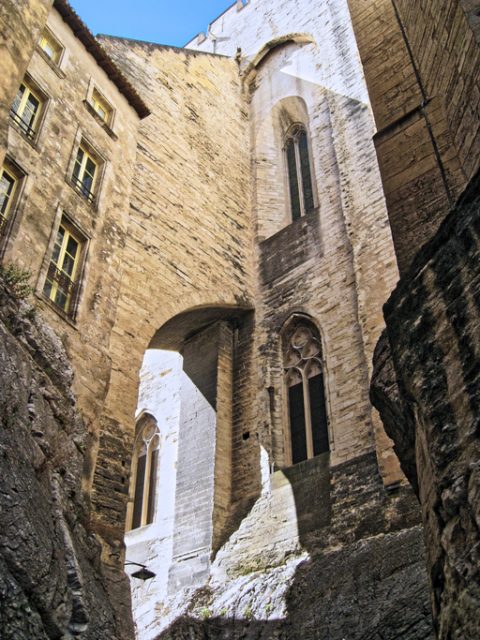
Finally, in 1906, the process of restoration began. This would take many years and eventually, the palace was turned into a museum. Despite its hard times, the palace still has much to offer. Many of the impressive frescoes and murals can be seen, as well as an extraordinary art exhibition that includes the portraits of the seven official Popes and two anti-popes that once lived in the palace.
In 1947, Jean Vilar created the Avignon Theater Festival, whose performances in the courtyard are some of the most famous in the country. The palace is one of the most visited sites in France. In 1995, the massive building was classified a UNESCO World Heritage site.
